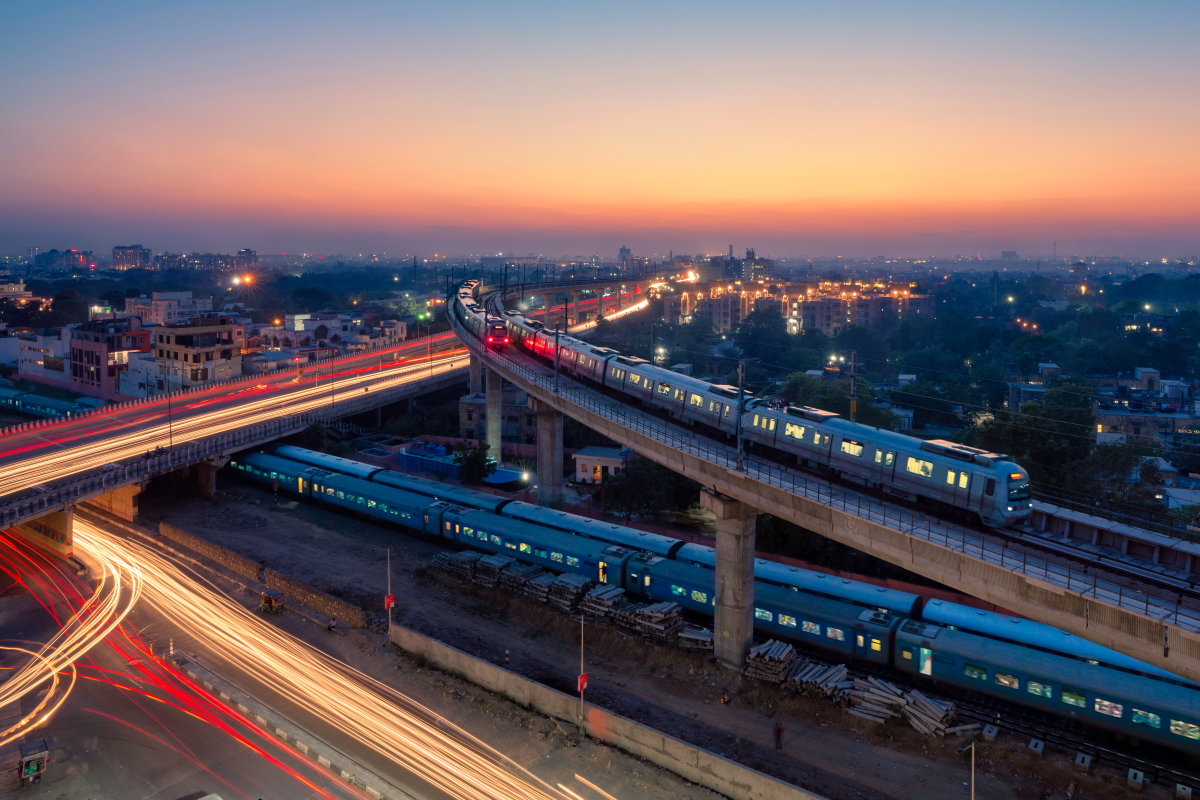The World Bank warned that South Asian economies are exposed to the risk of rising debt waves and sizable hidden liabilities, that could lead to a financial crisis. It is attributed to their high dependence on state-led development and reliance on funding guarantees by state-owned commercial banks (SOCBs), state-owned enterprises (SOEs), and public-private partnerships (PPPs), making them vulnerable to accumulating unsustainable levels of hidden debt.
“The region is more exposed to the risk of hidden debt because it relies heavily on the governments’ involvement in markets to aid economic development,” said Hartwig Schafer, World Bank Vice President for South Asia.
The World Bank stated that South Asia’s economies have the highest share of SOCB assets in terms of total banking assets in the world, followed by Europe and Central Asia. Since 2010, emerging market and developing economies have experienced the largest, fastest, and most broad-based increase in debt in the past 50 years. The report estimates that a systemic macro-financial crisis can trigger PPP failures that would cost South Asian countries more than 4% of revenues.
Additionally, India and Pakistan are among the biggest users of public agents such as SOEs, SOCBs, and PPPs. The SOE sector in both India and Pakistan is more than twice as large as the international benchmark.
Furthermore, the potential costs from distressed SOEs have been even more overwhelming. Governments are threatened by the liabilities of loss-making state-owned enterprises, which totaled 3.3%, 4.9%, and 14.7% of the gross domestic product in, respectively, India, Sri Lanka, and Pakistan during 2017.
In Pakistan, the total liabilities of chronic loss-making SOEs have been 8 to 12% of GDP in recent years, while in Sri Lanka, liabilities of loss-making SOEs have been around 4 to 5% of GDP. On a similar note, in India, the cumulative recapitalization of SOCBs from FY2016 through FY2020 was equivalent to almost one and a half times the country’s planned public spending on health care in FY2021/22. In every country studied from South Asia, the top 10 loss-making SOEs accounted for more than 80% of the total losses in the SOE sector.
According to the recently released report, the Covid-19 pandemic has highlighted South Asia’s rising debt levels and sizable hidden liabilities. Funding guarantees have helped governments address important development challenges and rapidly deliver relief measures. However, these interventions have led to the accumulation of public debt and macro-financial risks because of their inefficiencies and weak governance.
“While the government must lead in reform, it takes a concerted effort by society to ensure that the off-balance sheet operations of government serve the right socioeconomic purpose and responsibly leverage public capital,” the bank said.
Solutions to avert next financial crisis
As per the World Bank, South Asia must reform debt-accumulating state-owned banks and enterprises to avert the next financial crisis. The study recommends a reform agenda based on the four interrelated principles of purpose, incentives, transparency, and accountability (PITA).
Bank’s recommendations include clearly defining the purpose of the state-backed entities, as well as ensuring transparency and data collection on explicit and implicit debt obligations. In terms of debt funding for state-owned enterprises, it recommended deeper and more liquid corporate bond markets.
These reforms can ensure that public capital is leveraged responsibly in South Asia and minimize the threat of a financial crisis originating from government off-balance sheet operations.
“As governments rebuild from the shock of the Covid-19 pandemic and strive to avert future financial crises, they should clearly separate the social and commercial objectives of these enterprises in order to reduce inefficiencies, while maintaining socially beneficial investments,” Hans Timmer, World Bank’s chief economist for South Asia, said.










 Australia
Australia China
China India
India Indonesia
Indonesia Japan
Japan Malaysia
Malaysia Philippines
Philippines Singapore
Singapore South Korea
South Korea Taiwan
Taiwan Thailand
Thailand Vietnam
Vietnam Germany
Germany Hong Kong
Hong Kong USA
USA Switzerland
Switzerland Singapore
Singapore
 United Kingdom
United Kingdom








